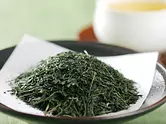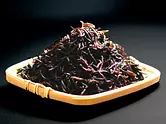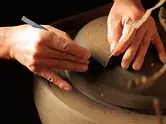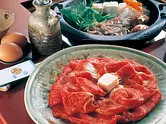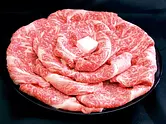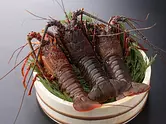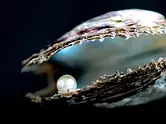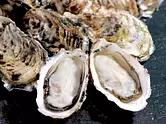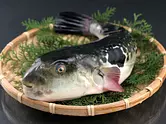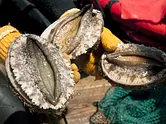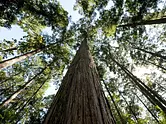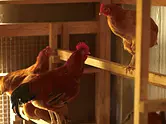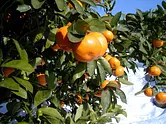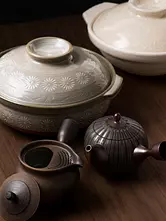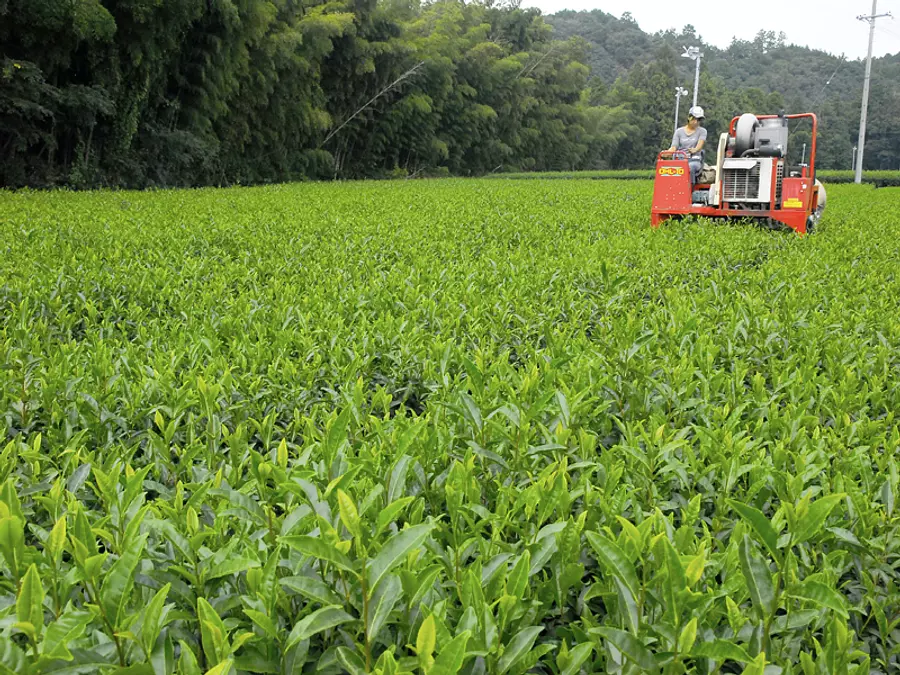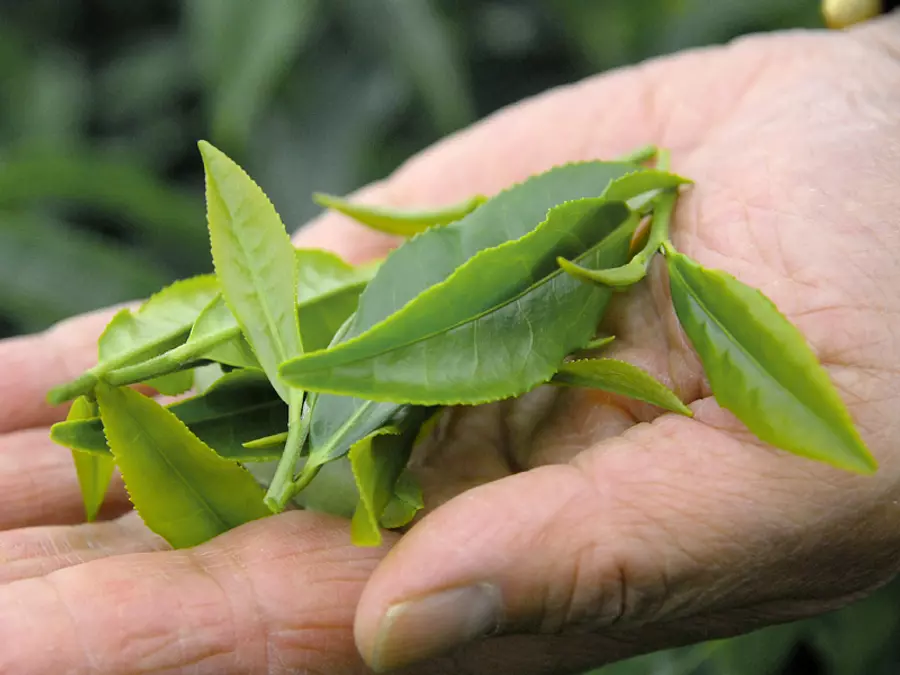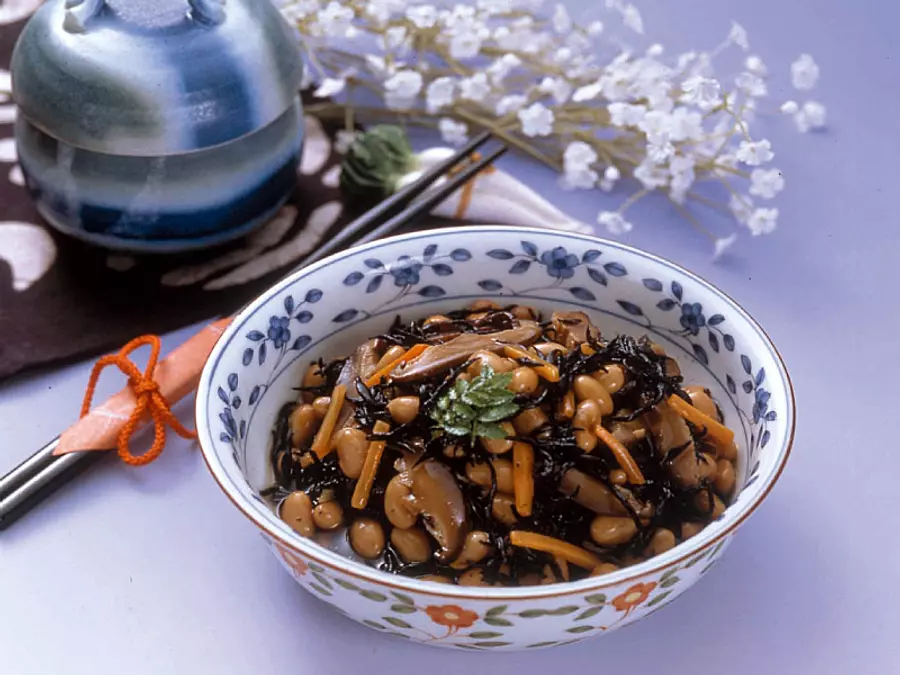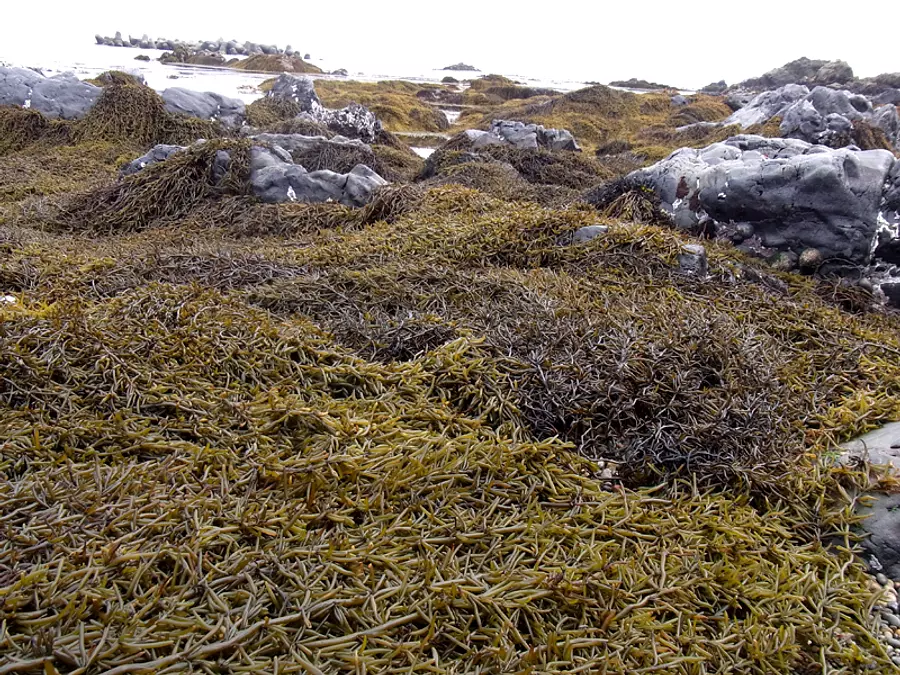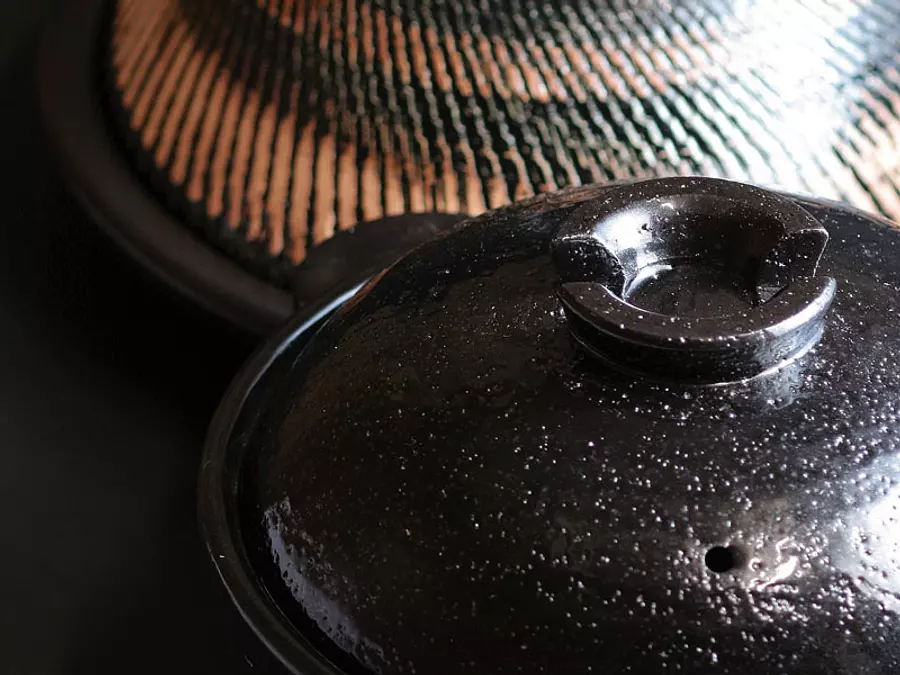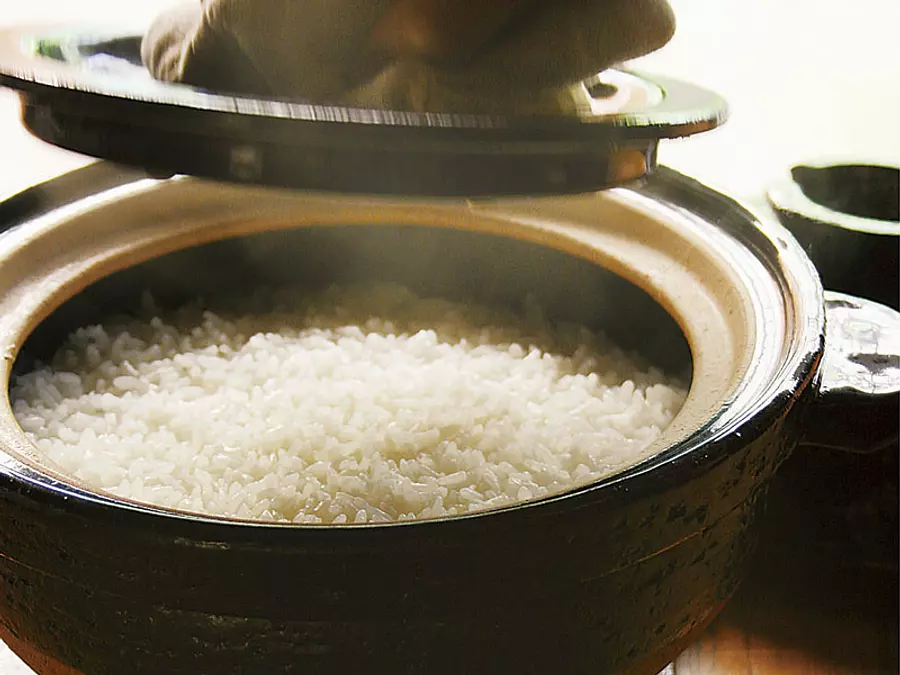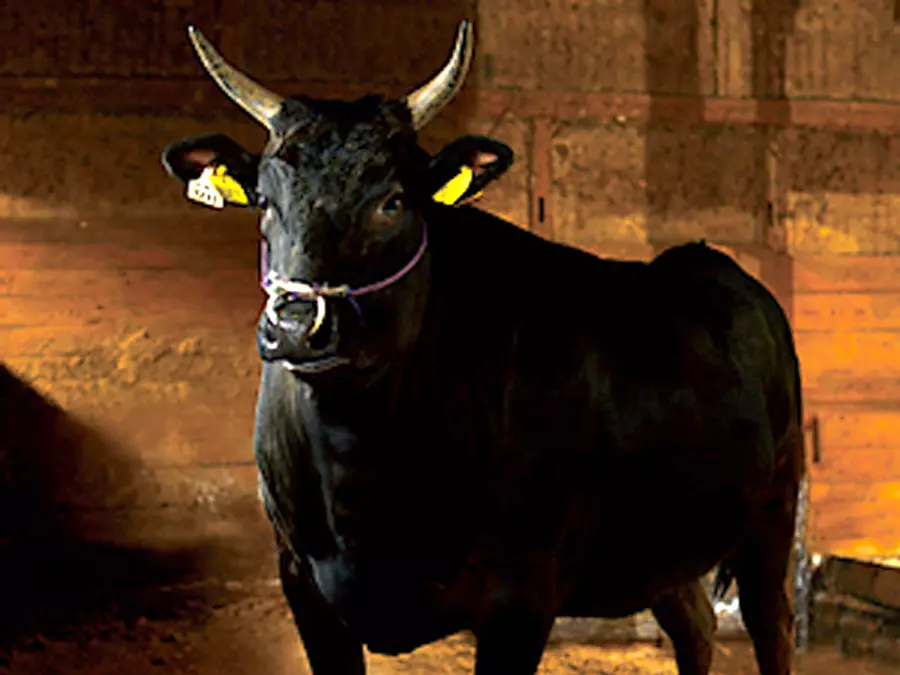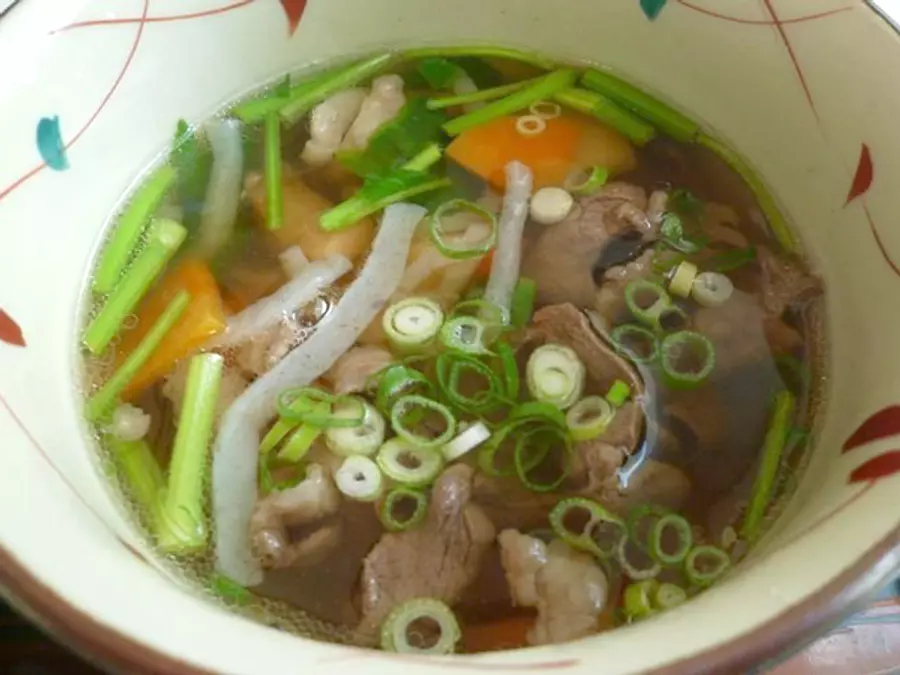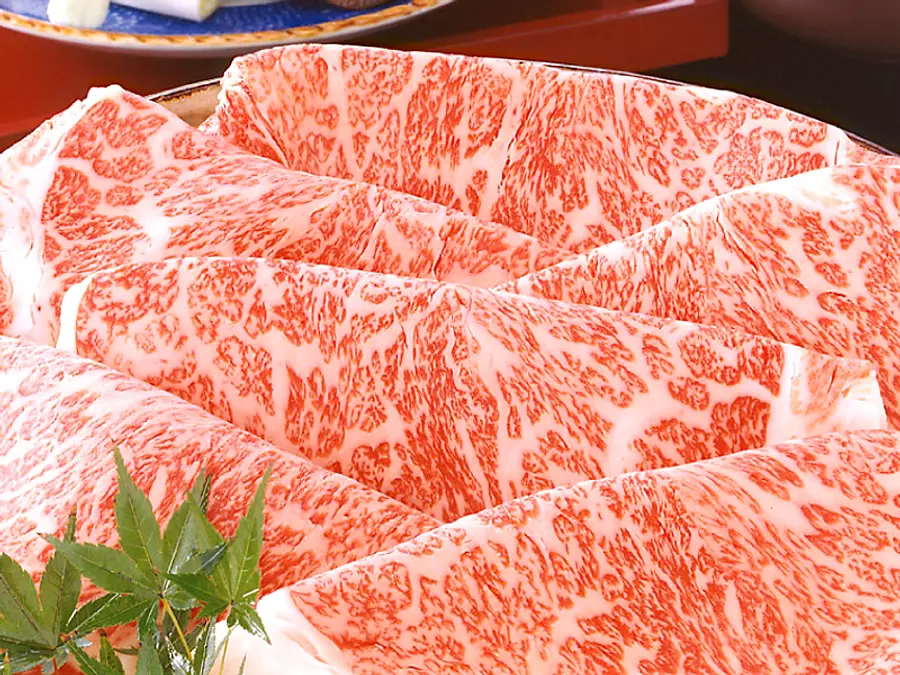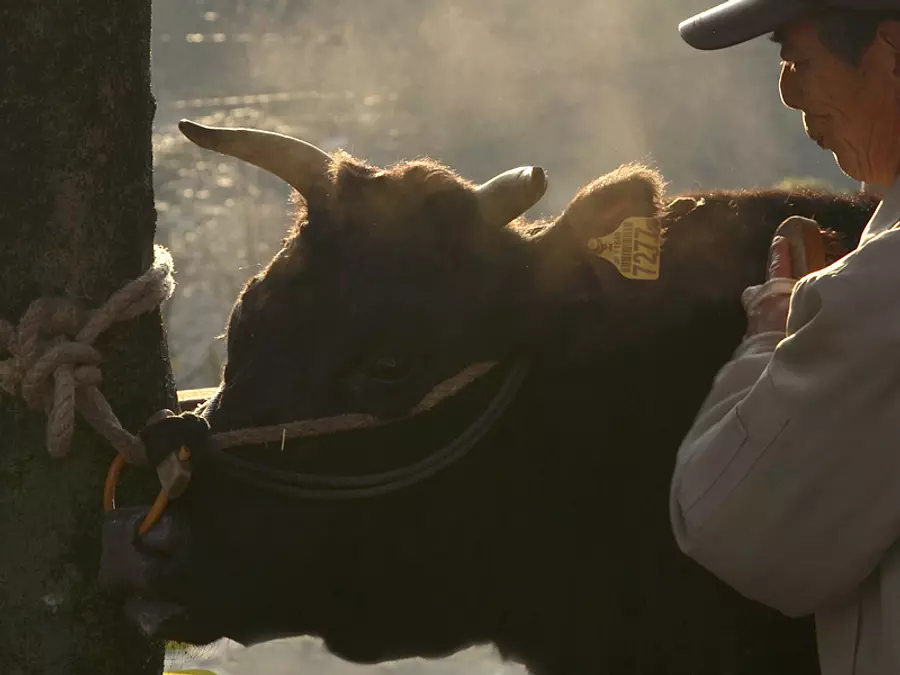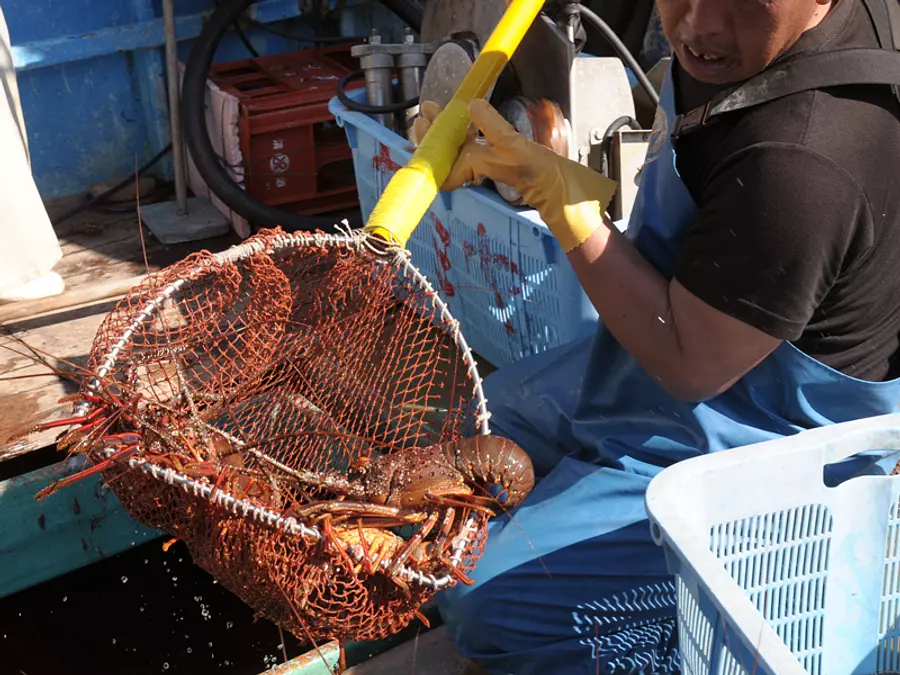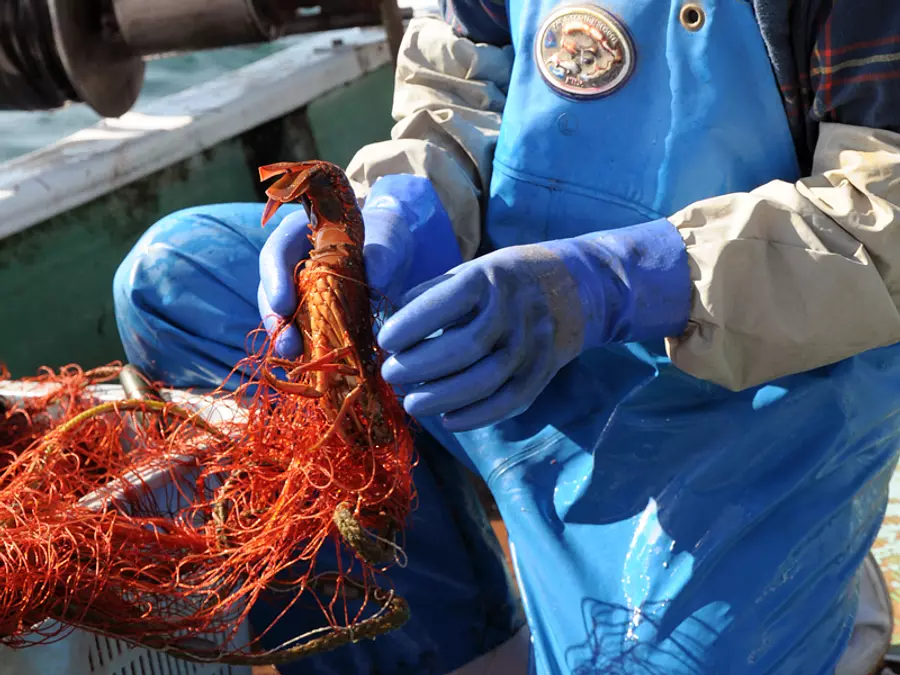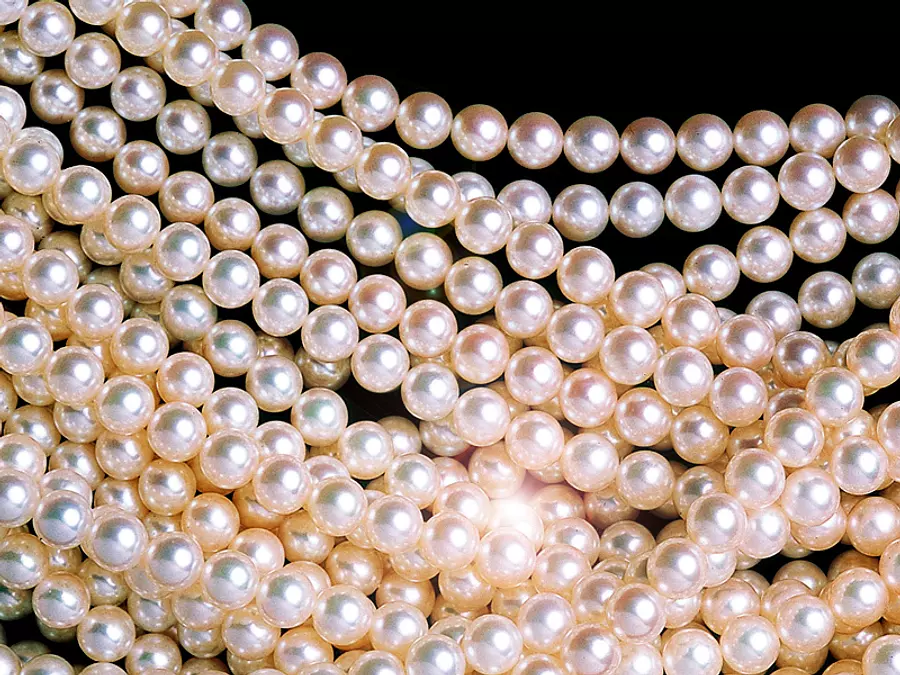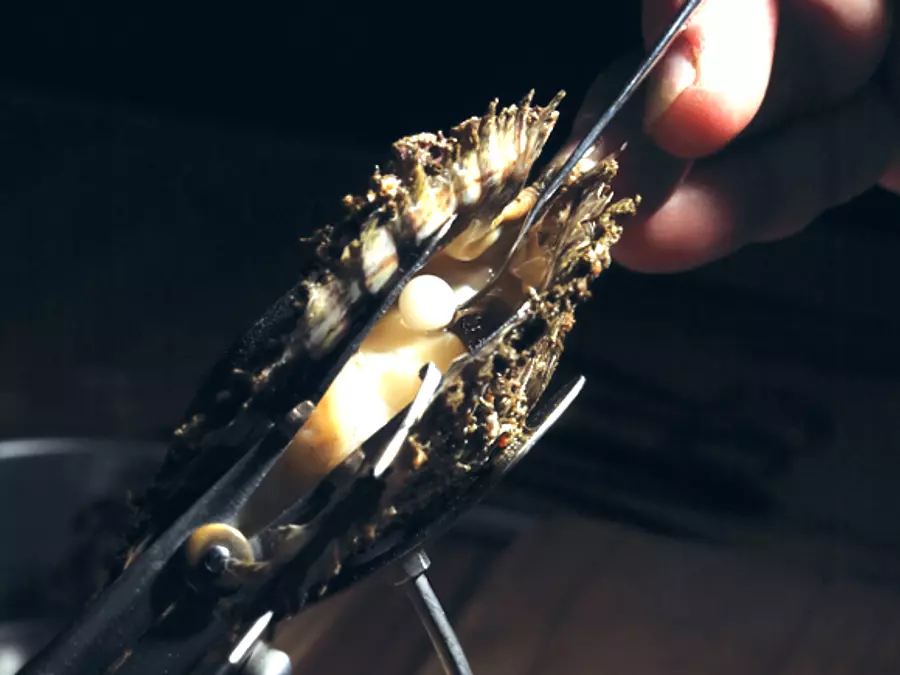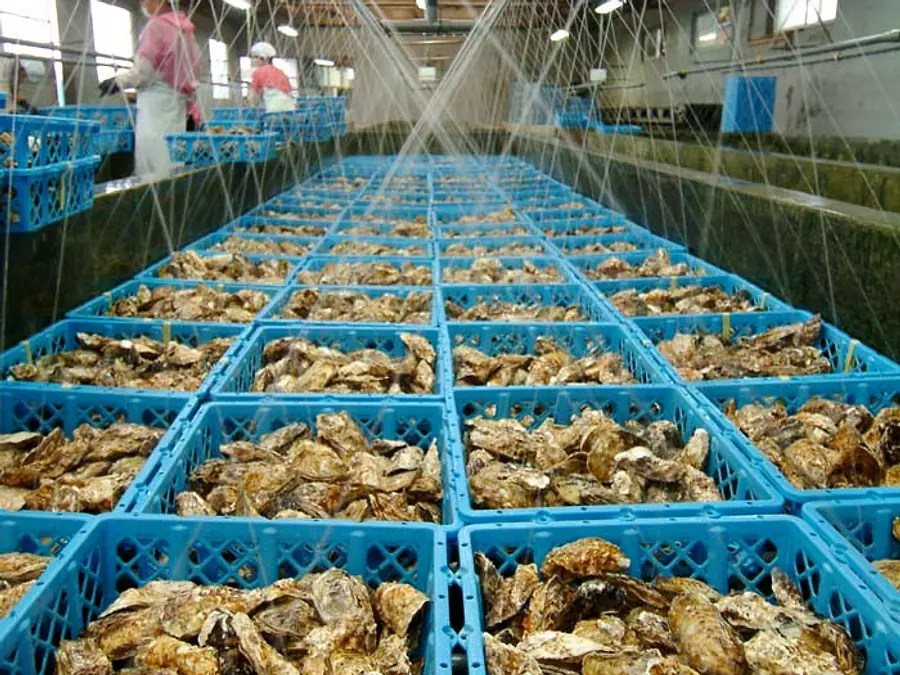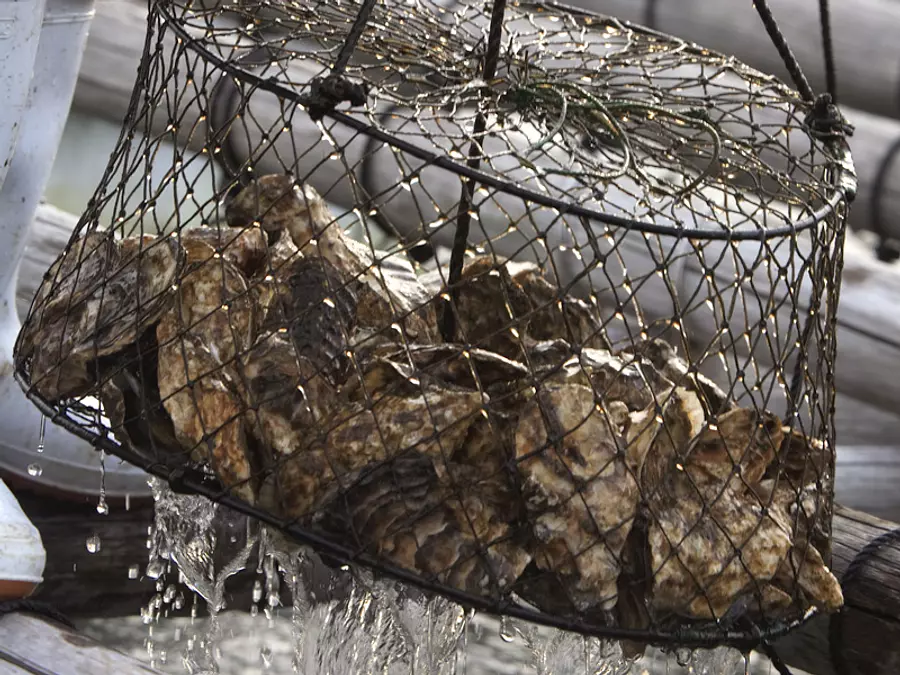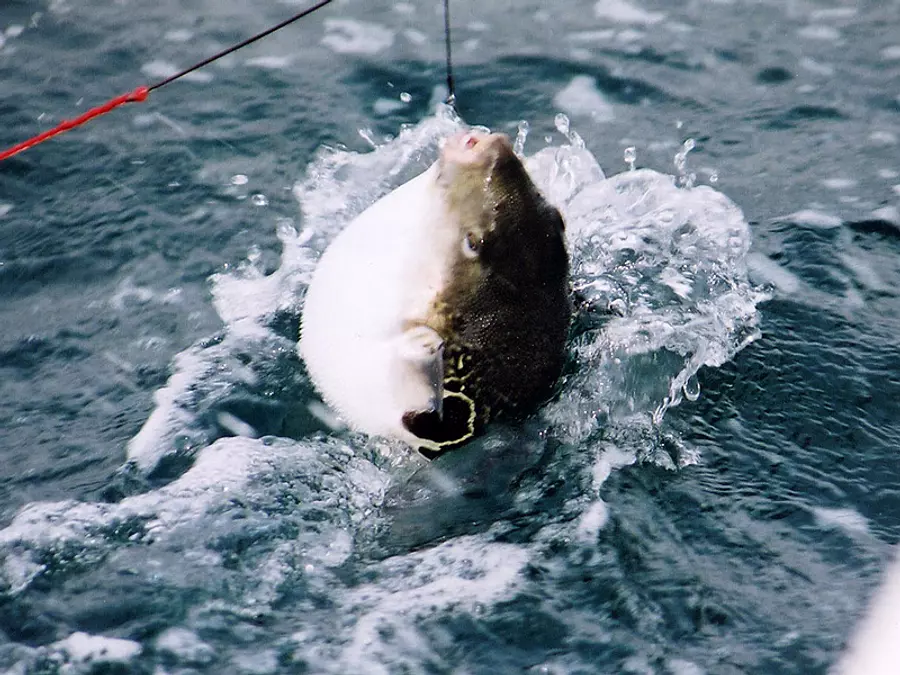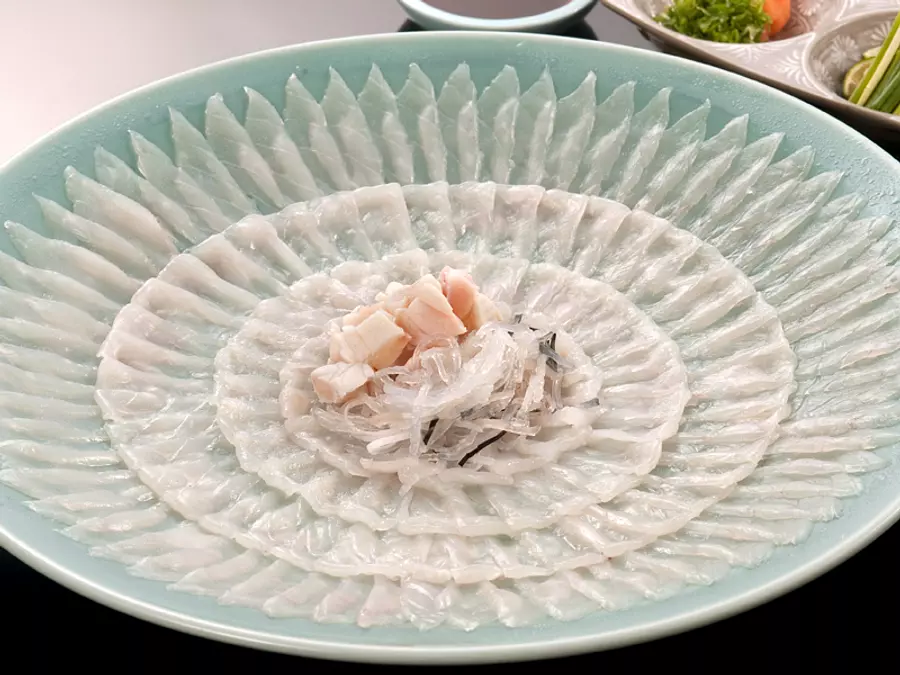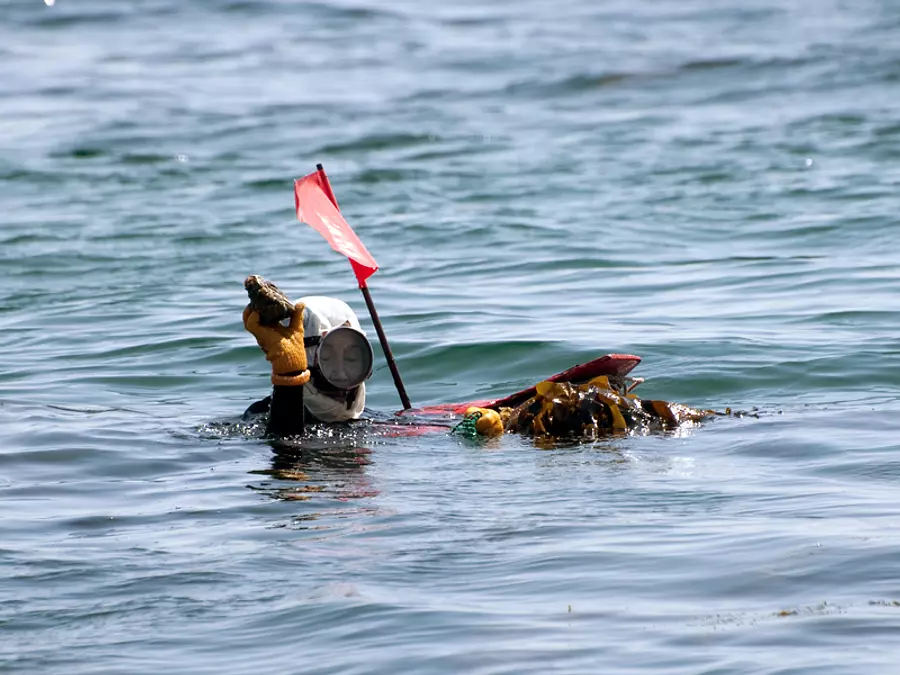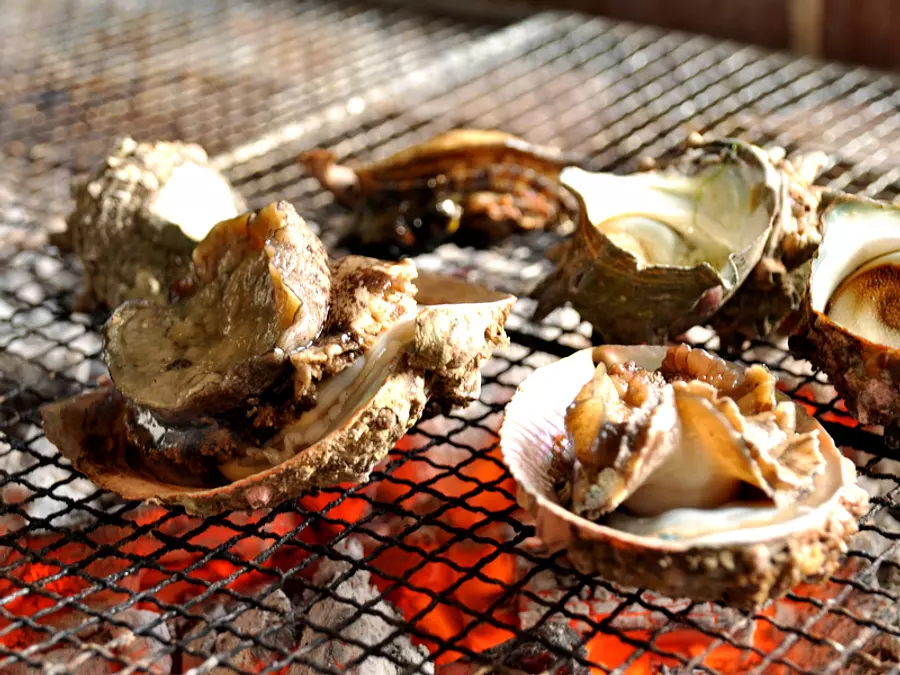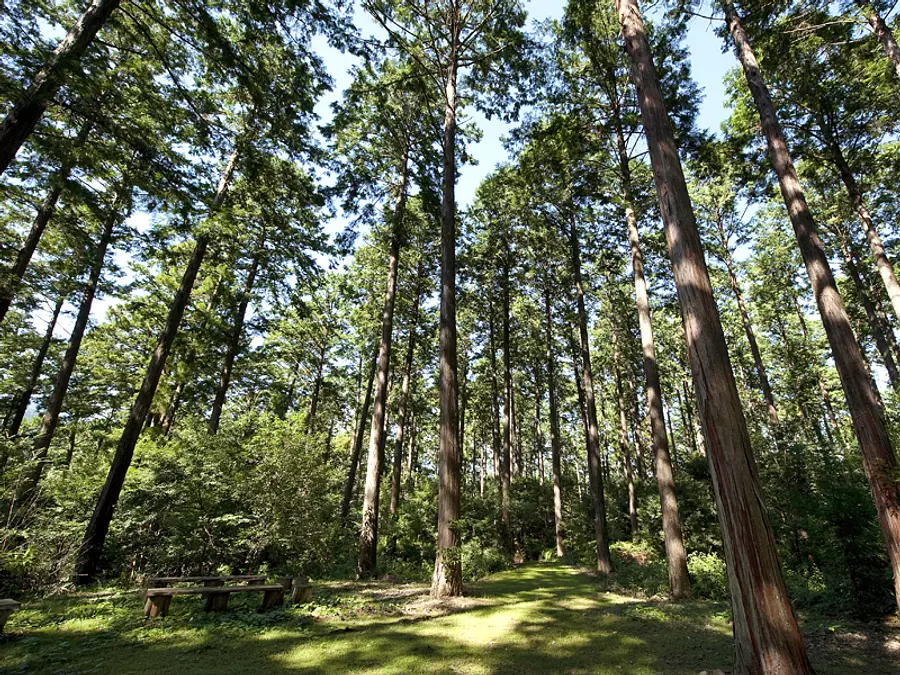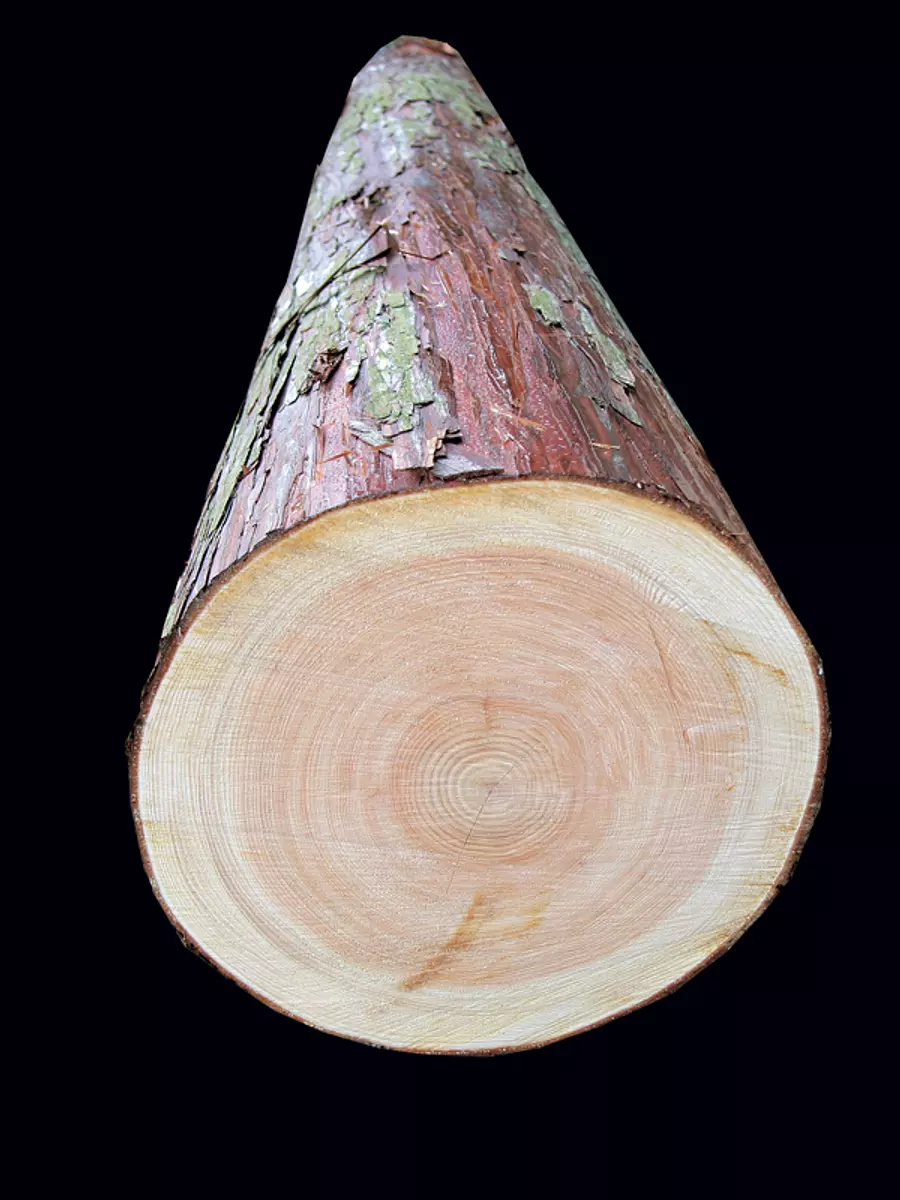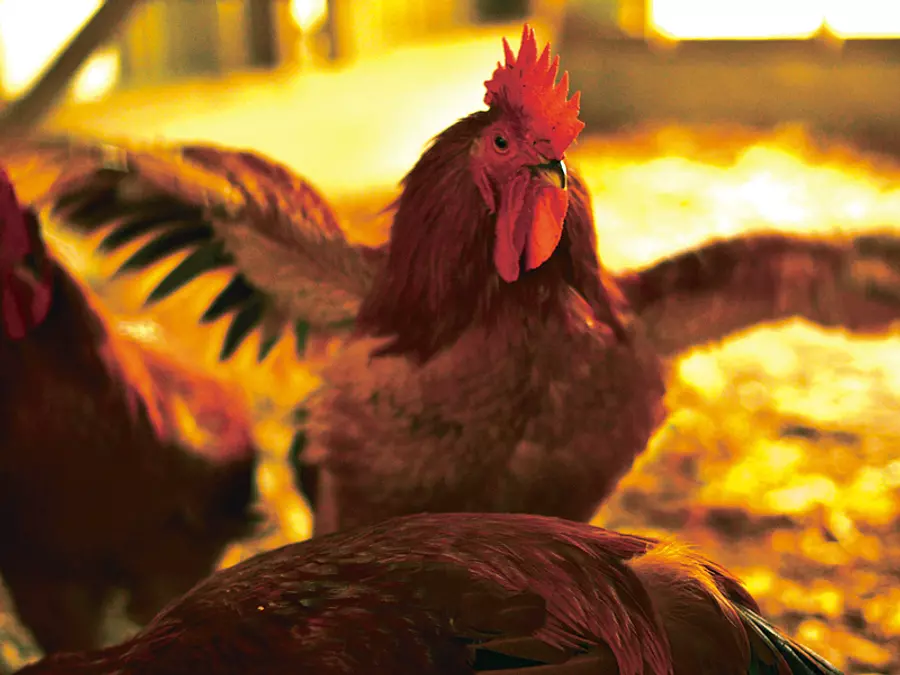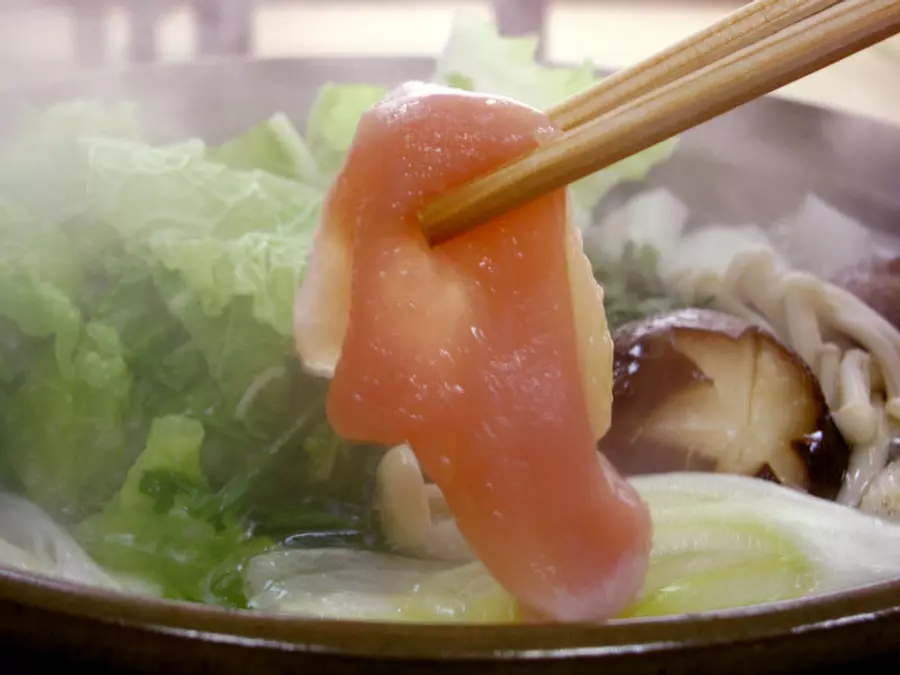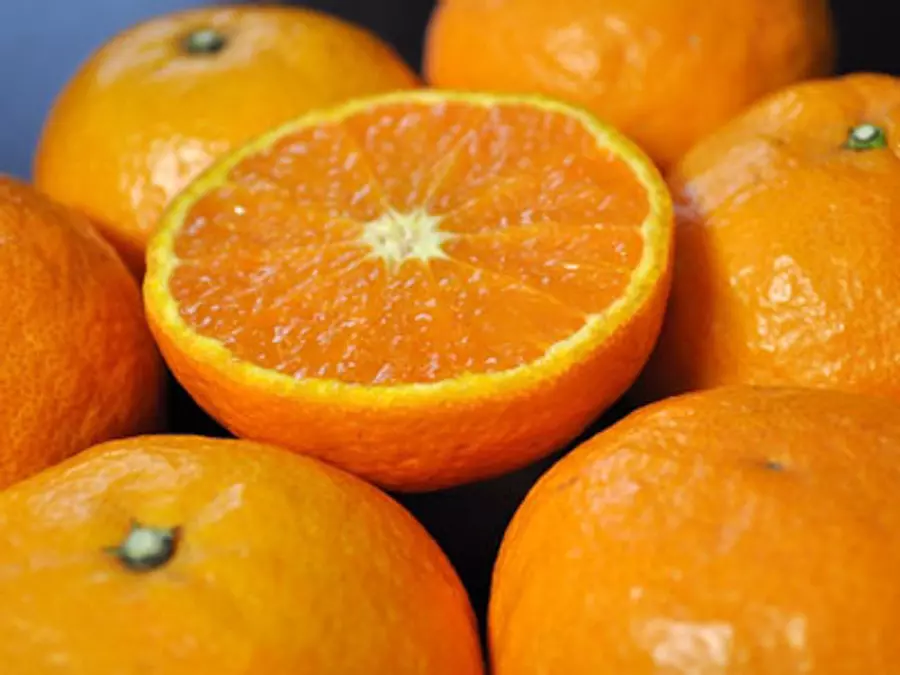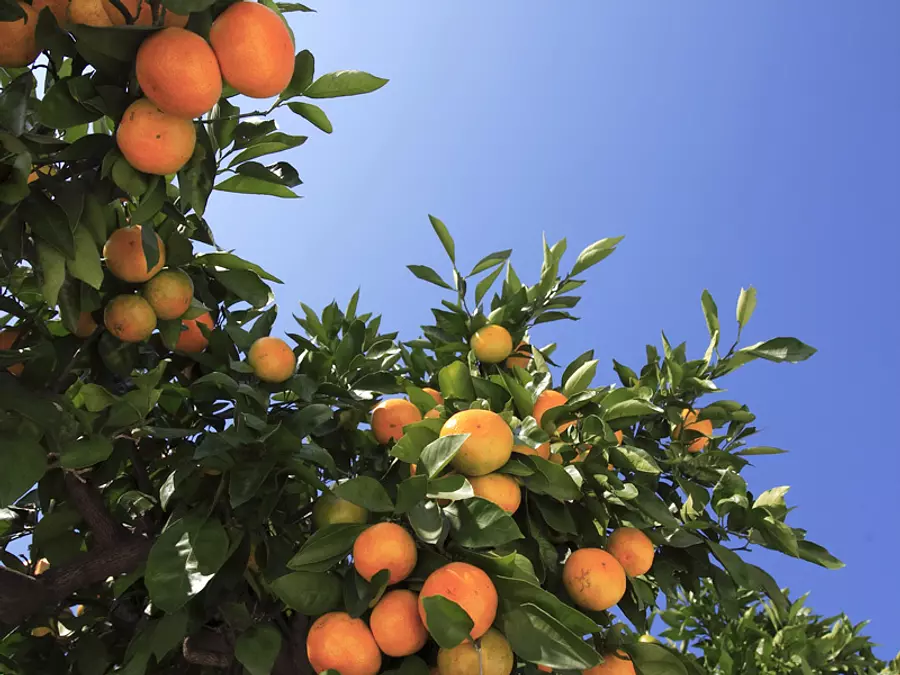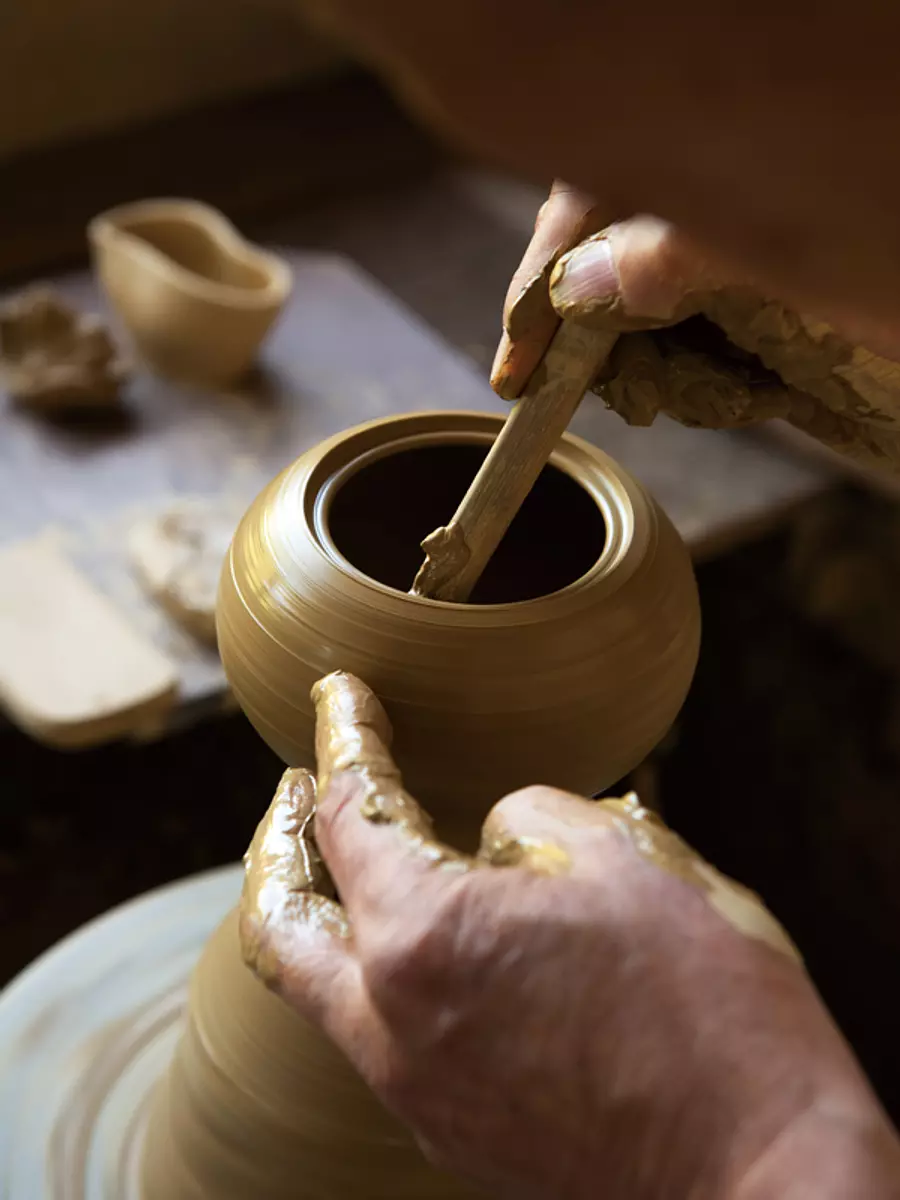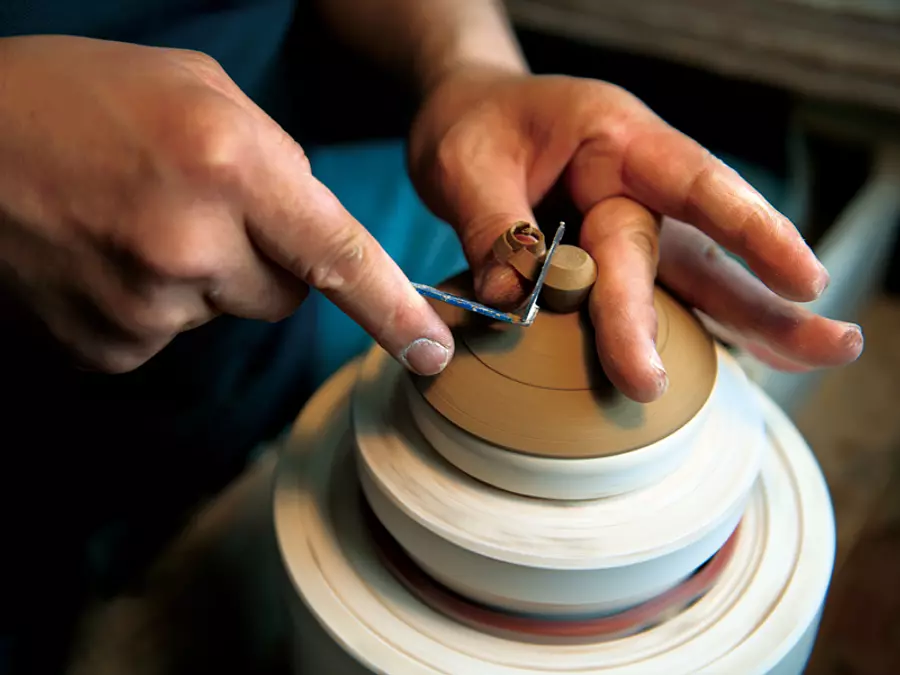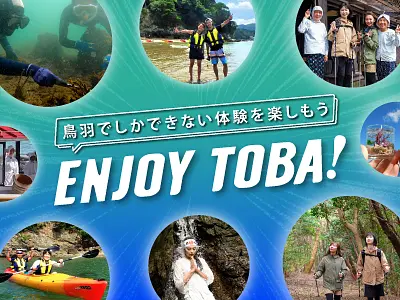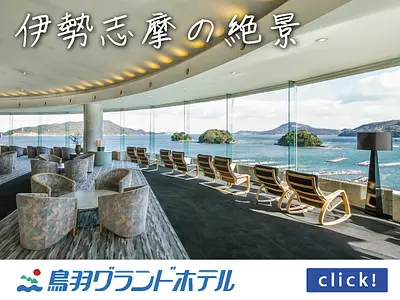Mie brand
掲載日:2013.02.19

In Mie Prefecture, the core concept is "techniques that utilize nature (the power of people and nature)," and the "Mie Brand" certifies genuine products and the people involved in them that meet five certification standards.
index
Ise GreenTea (TsuCity)
◎ Ise GreenTea...
Ise GreenTea ranks third in Japan in both cultivation area and crude tea production after Shizuoka and Kagoshima prefectures, with approximately 7,500 tons of deep-steamed tea, sencha, and kabusetea produced annually.
Ise GreenTea, grown under favorable conditions, has a thick mesophyll, a rich nutritious flavor, and is characterized by a fragrance that spreads as soon as it is poured into the teacup, and a moderate sweetness and astringency.
Producers who spend time and effort visiting the fields to grow tea leaves. A tea manufacturing company that brings out the maximum flavor of tea leaves. Ise GreenTea is the culmination of mutual efforts at a high level.
Hijiki (TsuCity)
◎Hijiki...
Mie Prefecture has long been a producer of hijiki, which was shipped all over the country under the name "Ise hijiki."
It is said to be long, thick, and has a good flavor, and is highly valued in the market, selling at a higher price than other production areas.
This region's rocky, shallow topography and strong tidal currents, where the nutrient-rich seawater of Ise Bay mixes with the clean seawater of the Pacific Ocean, provide the perfect environment for the growth of hijiki.
Iga-Yaki (TsuCity)
◎ Iga-Yaki...
The pottery produced in Iga City and Nabari City is called "Iga-Yaki" by using "Iga clay" collected in IgaCity region (mainly the NabariCity region) and utilizing traditional techniques and techniques. .
Iga-Yaki kilns have been confirmed to have been built in the late 16th century, and tea masters from the end of the Muromachi period, when the tea ceremony flourished, to the Momoyama period sought Iga-Yaki for the beauty of ``distorted things'' and ``hekemono'', and used it as a tea pottery kiln. Iga-Yaki is highly regarded as Japan's treasure, saying, ``There is nothing better than Iga for water pitchers and flower vases.'' However, in the Edo period, Iga-Yaki kiln was unable to keep up with trends in tea ceremony and changes in style. The smoke will stop for a while.
Afterwards, it was revived in the mid-Edo period and transformed into a production area for baking heat-resistant kitchen utensils and daily necessities such as Yukihira pots, clay pots, and clay pots.From the Meiji, Taisho, and Showa eras to the present day, "Iga clay" As a production area for heat-resistant tableware that takes advantage of its unique characteristics, its tradition continues to be passed down.
Iga Beef (TsuCity)
◎Iga beef...
The average annual temperature in the Iga region is approximately 14 degrees Celsius, which is one of the lowest in the prefecture, and the region's unique climate with temperature differences is suitable for fattening cattle that are sensitive to heat, and is said to produce beef of good quality.
Looking back at history, Iga beef is mentioned in the 1310 ``Ten Zuzu of National Beef'', and ``Iga Ninja'' ate ``dried meat'' of Iga beef as a wartime food to build up their physical strength. It is said that this dried meat is the origin of Iga meat.
Iga beef, also known as the ``Yokozuna of meat,'' is characterized by its bright color, rich aroma and richness, and melt-in-your-mouth tenderness.
Matsusaka Beef (TsuCity)
◎Matsusaka beef...
It is said that in ancient times, in the Matsusaka region, when agriculture was not mechanized, cows that were born in Hyogo Prefecture and lived in Wakayama Prefecture for a year were preferred as they were excellent draft cattle. Cows were used for farming, and over the course of three or four years, they gradually gained weight and became fine cattle called ``fat cattle,'' which were sold as high-quality beef cattle around the time of the Russo-Japanese War.
It is said that Matsusaka Beef won the highest honor at the National Beef Cattle Exposition held at the Tokyo Shibaura Market in 1935, and spread its fame throughout the country as the finest beef breed, Matsusaka Beef.
Matsusaka beef, also known as "meat art," is recognized as the best beef cattle in Japan due to its excellent quality and careful breeding management in a rich natural environment, and its wonderful taste is praised not only in Japan but also around the world. I am receiving
Ise shrimp (TsuCity)
◎Ise shrimp...
The nutrient-rich waters of Ise Bay and the Kuroshio Current grow delicious Ise shrimp. The flesh is transparent and has a firm texture. The more you chew, the more the sweetness spreads. It can be boiled, baked, or raw. It is truly the king of shrimp that can be cooked in any way.
Fishing is prohibited during the spawning season from May to the end of September, the number of nets set at one time is limited, and small ones are returned to the sea.
It is a blessed fishing ground, so it should be cherished. This awareness continues to protect the brand.
Pearl (TobaCity)
◎Pearls...
Pearl farming in Mie Prefecture has developed around Ago Bay since 1893, when KokichiMikimoto invented a method of cultivating pearl oysters, and has gained recognition as the birthplace of pearl oysters.
Pearl farming requires fishing grounds with several different conditions depending on the process. After inserting the nucleus, the Akoya oyster must be cured during the important cultivation period to grow the pearls inside its body.The water temperature must be above 13 degrees, there must be plenty of plankton, the current must be good, and the waves must be calm. .
Also, during this period, it is necessary to frequently perform ``shell cleaning'' to remove barnacles attached to the surface of the shellfish, and to manage the shellfish by paying close attention to water temperature, red tide, etc.
Their culture technology has been highly praised nationwide, and their high quality has been recognized, including winning awards almost every year at the National Pearl Culture Competition.
Matoya oyster (ShimaCity)
◎Target arrow...
Oysters produced in Matoya Bay, one of the coves on the Shima Peninsula, take advantage of the plankton-rich fishing environment, and in order to ship oysters in one year that would be cultivated for two to three years in other prefectures, oysters are grown in one year. Oysters with a strong sweet taste and less astringency are produced.
Additionally, the drooping oysters are pulled out of the sea about a month before shipping, placed one by one in a basket, and then reared again for about a month, resulting in oysters with good texture and uniformity.
Oysters, known as the "milk of the sea," contain almost all nutrients in a well-balanced manner, containing all essential amino acids, rich in the carbohydrate glycogen, and evenly containing minerals and vitamins. Oysters are shipped directly to restaurants, hotels, etc. all over the country, and because of their high reputation for quality, they fetch higher prices than oysters produced elsewhere.
Anorifugu (TsuCity)
◎Anorifugu...
This is a natural tiger puffer fish weighing over 700g that is caught in the coastal areas from the Shima Peninsula in Mie Prefecture to Ise Bay and the Enshu Sea.
A firm texture created by the firm body. Sweetness and flavor that melts in your mouth.
The tiger puffer fish that become Anari Fugu are born in the spring at Cape anori in Ise Bay, an ideal breeding environment with plenty of plankton and small fish to feed on, and in the autumn they go out into the open ocean where the tides are swift to tighten their bodies. In addition, we maintain high quality through thorough management from the moment the fish is caught until it reaches the consumer. From the perspective of resource management, we also carry out voluntary regulations and release young fish.
``It's important to respect and appreciate the sea.'' Enjoy the spirit of these fishermen.
Abalone (ShimaCity)
◎Abalone...
In Mie Prefecture, a ria coast has developed mainly in the Toba and Shima regions, and the rocky reef area is a good fishing ground, where ama fisheries are practiced.
A diver diver appears on the surface of the sea and makes the sound of a rock flute. A large abalone is held in his hand. In this way, I have been diving into local waters for decades.
Their smiles are full of gratitude for receiving seafood.
Traditional fishing methods and the rich sea that have been protected by Ama divers. Mie's abalone is created through this harmony.
Owase Hinoki (TsuCity)
◎Hinoki Owase...
Owase Hinoki Forest is lined with large trees. Broad-leaved trees grow under the sunlight filtering through the trees, and ferns spread out all over. There you will find a rich forest with a variety of living things.
It is produced through dense planting, careful underbrushing, advanced pruning techniques, and repeated thinning operations at the appropriate times. The high-quality core pillars produced using this production technique are said to have fine, uniform growth rings, a rich luster, and are durable.
``Mountains are like canvases. It's like a painter.'' A forestry artist imagines what will be 100 years in the future, and a forest is drawn in harmony with nature. A piece of that work is delivered in the form of a beautiful and strong Owase cypress.
KumanoJidori(TheLocalBrandChicken) (TsuCity)
◎ KumanoJidori(TheLocalBrandChicken)...
This chicken is a cross between the "Yakido" gamecock native to Mie Prefecture, the "Ise Akadori" branded chicken from Mie Prefecture, and the "Nagoya Cochin", and is currently a free-range chicken raised only in KumanoCity.
The meat has a strong red color and is highly elastic, and is characterized by the richness and flavor that is typical of free-range chicken.
We carry out PR activities through various opportunities such as exhibitions and events, and have received high praise from famous chefs in Italian, French, and Japanese cuisine, and our shipment volume is increasing year by year.
Nanki Mikan (TsuCity)
◎Nanki Mikan...
A bright south-facing slope and a warm breeze carried by the Kuroshio Current. Nanki mandarin oranges, grown in the climate of Mie, have a deep color and a rich flavor with a harmonious combination of sweetness and sourness.
Due to its warm and rainy climate, the region is suitable for cultivating mandarin oranges that can be shipped early, and by taking advantage of characteristics such as the early reduction in acidity, it is possible to ship mandarin oranges earlier than other producing regions, making it one of the top-ranked mandarin oranges in the country. This creates high unit prices.
What adds to the "peace of mind" of the proud taste is the efforts of the producers, such as reducing the use of herbicides, using organic fertilizers, and disclosing pest control history on the website.
Mie's Nanki mandarin oranges are packed with the blessings of nature.
Banko-Yaki (TsuCity)
◎Yokkaichi Banko Banko-Yaki...
The history of Yokkaichi Banko-Yaki goes back over 250 years. It is said that the name comes from the stamp of ``Banko'' or ``Bankofuki''.
The hope was that the work would remain unchanged forever.
Since then, Banko-Yaki has gone through many changes and has taken root in the region, and its shapes are so diverse that it is said that ``the most distinctive feature is the Banko stamp.''
It has become one of the nation's leading ceramic production areas, with over 100 pottery companies concentrated mainly in YokkaichiCity and KomonoTown.
Earthenware pots are a representative product of Banko-Yaki, and their production accounts for approximately 80% of domestically produced earthenware pots, but their special feature is their heat resistance.
It exhibits a high degree of durability even when heated dry or over an open flame.
In addition, teapots are also one of the representative products of Banko-Yaki, and the symbol of this is the "Shido Kyusu".
The more you use it, the more its flavor and luster increases, and it also has the ability to absorb the bitterness of tea and make it mellow.
| Category | |
|---|---|
| season |

